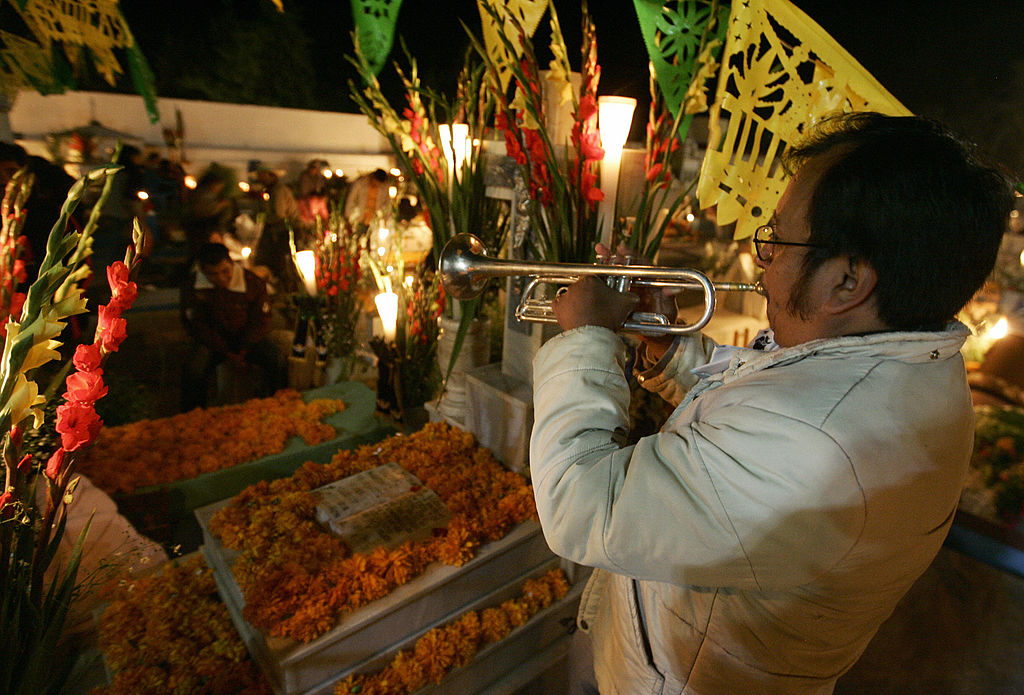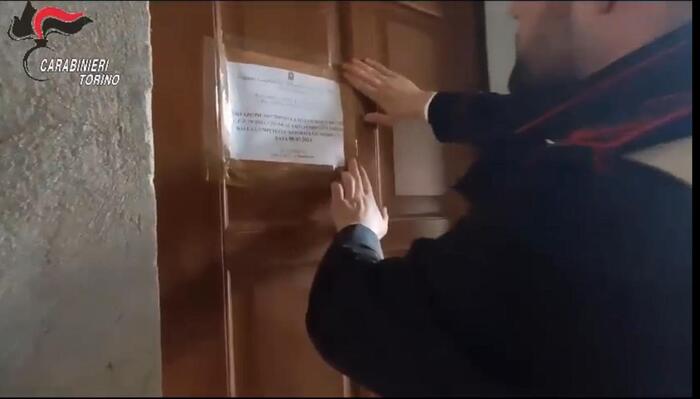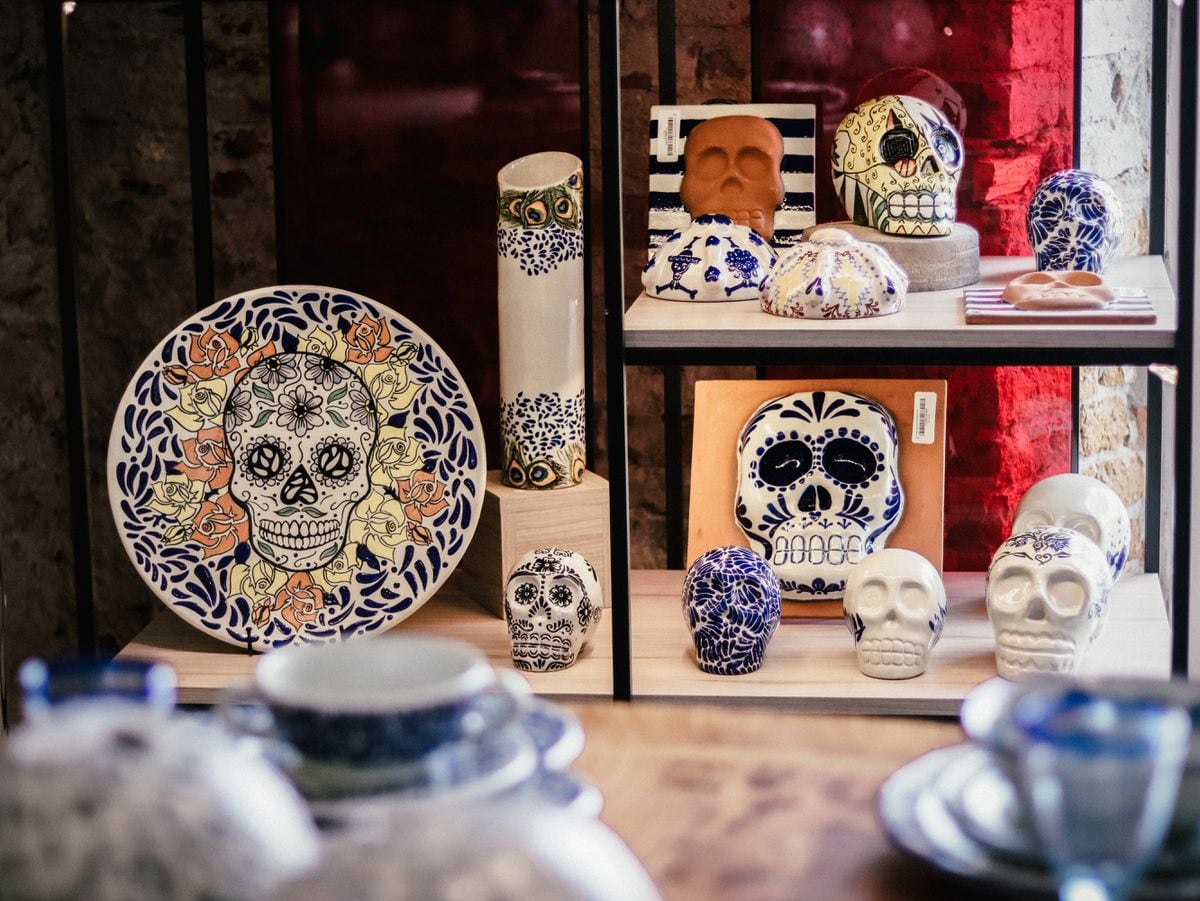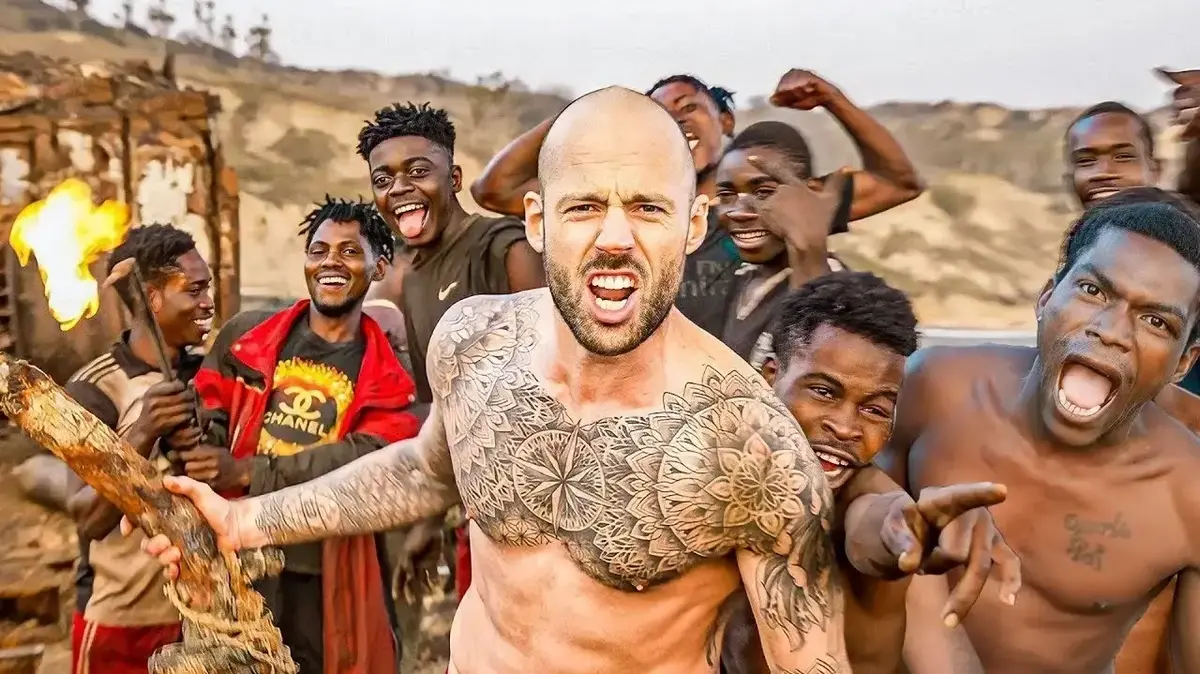Credit: Dean Mouhtaropoulos / Getty Images
(CNN Spanish) -
Cempasúchil petals mark the way for the return home of those who are no longer there.
The offerings await them there, with the food they preferred, salt so that the body is not corrupted, water to quench thirst, candles to light them and a little incense or copal to clean the place in case the bad guys are around. spirits.
They are part of the rituals that many follow in Mexico to remember theirs in this particular festival, declared in 2008 as Intangible Cultural Heritage of Humanity by the United Nations Educational, Scientific and Cultural Organization (UNESCO).
For the historian Héctor Zarauz, author of the book “La fiesta de la Muerte”, this celebration is the sum of various traditions that have as their starting point the indigenous roots of the autochthonous cultures of Mesoamerica.
Credit: Ronaldo Schemidt / AFP via Getty Images
“These flowers to make a path that illuminate the return of souls, added together and concentrated on an altar, consecrated to a person, is what was done, in some way, in pre-Hispanic societies.
Later, during the conquest, new elements were added to the party.
For example, the crosses, which are representations of Catholicism, or some drinks that are added to the offering for the dead, distilled drinks that did not exist before.
As well as what is very traditional today, the bread of the dead, since then there was no flour, "the historian told CNN.
MIRA: Cempasúchil, the flower that guides the path of the dead to the world of the living
Zarauz says that, although in all cultures there is a cult of death, what makes the Mexican holiday particular is the color and a certain festive character to remember the dead.
“In indigenous cultures there was a provision for longer celebrations.
The year had several divisions, so there were about twenty days to celebrate the children and another to celebrate the adults.
And the dates established by the Catholic Church, November 1 for the dead children and November 2 for adults, are those that we currently celebrate ”, he added.
Another form of the celebration has to do with the so-called “calaveritas” that, as historian Alejandro Rosas tells CNN, emerged at the end of the 19th century and goes hand in hand with the illustrations published by José Guadalupe Posada, who is credited with the creation of what is now known as "La Catrina".
Credit: OMAR TORRES / AFP via Getty Images
“The publishing house where he regularly published his cartoons was Vanegas and Arrollo, generally they were accompanied by verses.
Then, since the last quarter of the 19th century, this type of rhyme, décimas or quartets became used to talk about death, but rhymed.
Later, politicians or entertainment people were incorporated as a way of making a satirical criticism regarding death, ”Rosas said.
Something that is striking is the way in which Mexicans face death.
Some consider that they laugh, they mock and they do not fear to him.
A simplistic vision, according to Bernardo Barranco, a specialist in religions.
MORE: Day of the Dead in Mexico: these are the elements that differentiate a catrina from a skull
“Apparently yes, it is a mask, a mask.
Octavio Paz had a very interesting expression that said "Death is non-transferable, like life and the apparent indifference of the Mexican to death, is nourished by his apparent indifference to life."
In other words, in the Mesoamerican world there is a kind of solemnity in the face of death.
Many times it is more important how you die than how you live because it depends on the ultimate destination you have in your life, ”Barranco told CNN.
Credit: PEDRO PARDO / AFP via Getty Images
The road to Mictlán
Zarauz tells that the pre-Hispanic autochthonous cultures had conceived different destinations for the dead.
“The fate of the souls of the dead was not determined by their moral behavior, but by the office or activities they performed or the way in which they had died.
For example, the warriors were destined for one of the heavens, Mictlán, which was what was interpreted in the Catholic vision as paradise.
Women who died in childbirth were also in that destination, because it was thought that they were developing a fight, a war for life.
In Mictlán, they turned into birds ”, he said.
The historian added that Tlalocan was another destination for those who died from lightning, thunder or drowning, or from certain diseases associated with a watery medium, water, rain, because it was the space of Tlaloc, the god of rain and lightning, according to Mexica culture.
Credit: OMAR TORRES / AFP via Getty Images
For his part, Barranco says that, in the end, what there is is a cluster of traditions and an enormous syncretic dimension of death in which there are not only religious and non-religious cultural practices.
"Mexicans in a certain way have learned," according to Octavio Paz, "to pretend very well that we are not afraid of death and that we are still proud of how we die," he said.
Barranco added that death, as an offering in this emboldened attitude, is summarized in the popular song La Valentina: "if they have to kill me tomorrow, let them kill me once and for all."
Day of the Dead



/cloudfront-eu-central-1.images.arcpublishing.com/prisa/3TOQKX7CUJEMHBMHIA7GJRIXC4.jpg)





